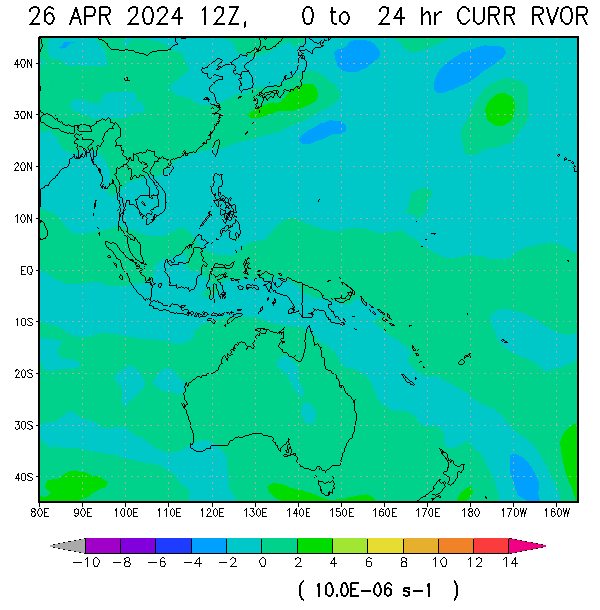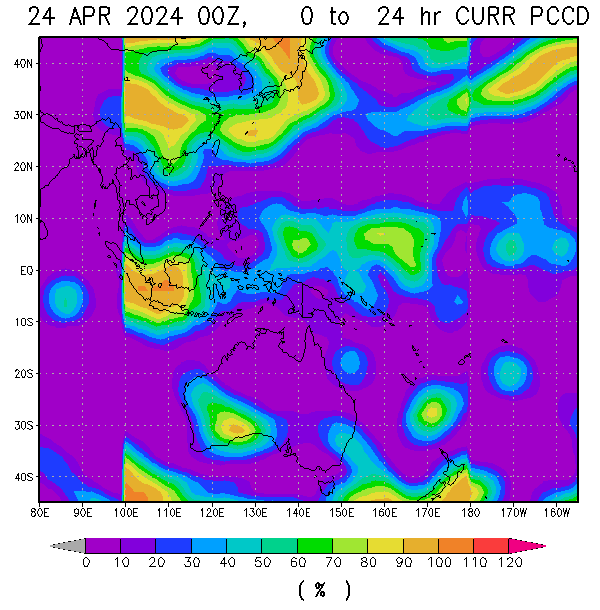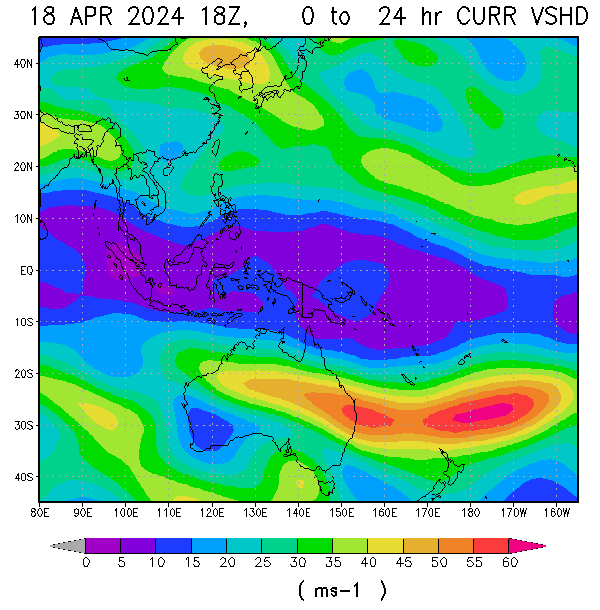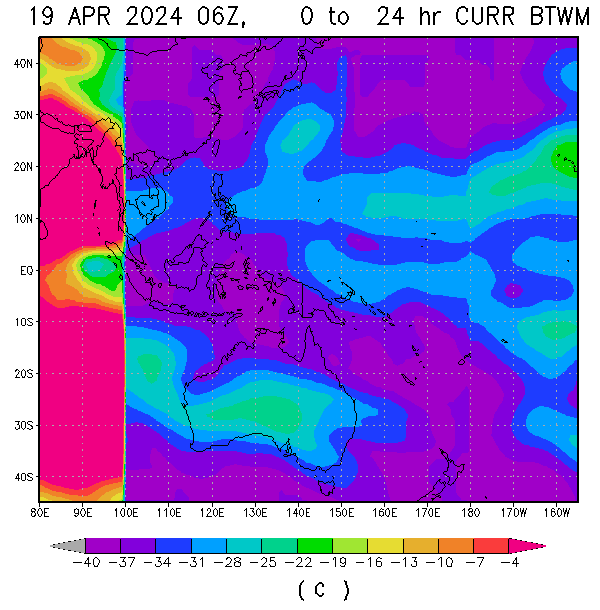EL NINO ADVISORY (AS OF 5P NOVEMBER 12, 2009)
IMAGES AND GRAPHS OF LATEST CONDITION OVER EASTERN EQUATORIAL PACIFIC
IMAGES AND GRAPHS OF LATEST CONDITION OVER EASTERN EQUATORIAL PACIFIC
DISCUSSION
Central equatorial Pacific Ocean temperatures have continued to warm over the past two weeks, and are now at their highest levels since at least the El Niño event of 2002. Similarly, the 30-day Southern Oscillation Index is lower than at any time since 2005. Leading climate models suggest tropical ocean temperatures will remain above El Niño thresholds into the first quarter of 2010. A sustained weakening of the Trade Winds during October and early November enabled central Pacific equatorial temperatures to rise up to 2°C above normal. However, average to stronger than average Trade Winds currently over the western Pacific may curtail any further warming during the next fortnight. The distribution of tropical cloud has similarities to the patterns observed in the 2002 and 2006 El Niño events, while recent rainfall patterns over Australia are typical of mature El Niño conditions. The sub-surface water of the tropical Pacific has also continued to warm, with temperatures as much as 6°C above normal in some regions. Cloudiness near the date-line has been slightly below average in recent weeks. However, cloudiness to the west of the date-line has been consistently above average, as also occurred during the 2006 El Niño and to a lesser extent in the 2002 event. Ocean surface temperatures in the central equatorial Pacific have continued to warm and now exceed levels typical of an El Niño event by their greatest margin since the start of the year. The SST anomaly map for October is available here; the map shows warm anomalies in excess of +1°C covering most of the tropical Pacific east of 160°E, with anomalies exceeding +2°C in parts of the central Pacific. While the central Pacific warmed in October, the far western Pacific west of about 160°E cooled steadily. Until recently, warm SST anomalies had persisted in this region, which was atypical for an El Niño. The map shows near-normal SSTs covering most of the western Pacific and northern waters around Australia. The monthly NINO indices for October were +0.9°C, +1.1°C and +1.3°C for NINO3, NINO3.4 and NINO4 respectively. When compared with September values, NINO4 warmed by approximately +0.5°C and NINO3.4 by approximately +0.2°C. NINO3 remained similar in magnitude. n terms of weekly data, the most recent NINO indices are +1.4°C, +1.7°C and +1.5°C for NINO3, NINO3.4, and NINO4 respectively. When compared with two weeks ago, all NINO indices have warmed; NINO3 by approximately 0.4°C, NINO3.4 by approximately 0.5°C and NINO4 by approximately 0.1°C. All three NINO indices currently have their highest weekly value for 2009. The 7-day SST anomaly map shows warm anomalies in excess of +1°C covering most of the tropical Pacific east of 160°E, with anomalies exceeding +2°C on a weekly scale across most of the central tropical Pacific. When compared with anomalies observed two weeks ago, the ocean surface has warmed in both the central and eastern Pacific. An animation of recent recent SST changes is available. The sub-surface of the equatorial Pacific Ocean has also continued to warm in the last two weeks. A large volume of warmer than normal water is now well established beneath the surface of the tropical Pacific. A four-month sequence of Pacific Ocean equatorial temperature anomaly is available here. The sequence shows cooling of the sub-surface from July through September followed by a relatively rapid warming during October. This warming has continued into November. A recent map for the 5 days ending 9 November shows a large volume of sub-surface water more than 3°C warmer than normal for this time of the year extending across much of the central to eastern equatorial Pacific. Warm anomalies in excess of 6°C are now evident between 150°W and 120°W on a weekly scale. When compared with two weeks ago, the sub-surface has warmed strongly in the central Pacific, related to a strong westerly wind burst in the western Pacific during October. This warming has propagated eastwards during recent weeks. An animation of recent sub-surface changes is available. Cloudiness near the date-line over the equatorial Pacific is another important indicator of El Niño conditions, as it typically increases near and to the east of the dateline during these episodes. Cloudiness near the date-line has generally been slightly below average in recent weeks. However, there has been significant enhanced cloudiness to the west of the date-line, a pattern which is unusual when compared with typical El Niño events, but not unprecedented as such conditions were also observed during the recent 2006 El Niño event and to a lesser extent in the 2002 event. Cloudiness over Indonesia and much of northern and eastern Australia has been below average over the last few months, which is consistent with typical El Niño conditions.
For more information click this link: WEEKLY EL-NINO REPORT.
COURTESY:
NOAA/NWS/CPC
AUSTRALIAN METEOROLOGY
For more information click this link: WEEKLY EL-NINO REPORT.
COURTESY:
NOAA/NWS/CPC
AUSTRALIAN METEOROLOGY
JUST VOTE OR COMMENT FOR FEEDBACK





















No comments:
Post a Comment